Description
Genus: Strobilomyces
Species: confusus
Common Name: “Old Man of the Woods”
Tells: Cap often (not always) has pointier, more erect scales than the other Old Men. Flesh stains orange-red to orange. Pores start white but quickly age toward gray-black.
Other Information: Spore print edges toward black. When cooked, will stain a pot of food dark or black. You pretty much need chemical or microscopic tests to tell the three types of Old Man apart and it makes no difference from a practical point of view. The rules of thumb are these:
- dryophilus tends to have a lighter stem & scales that are grayish pink instead of grayish black;
- confusus tends to have stiffer & pointer scales; and
- strobilaceus is the most common & often has a distinct ring zone on the stem.
Edibility: Good, but will stain a pot of food dark or black when cooked.
CHEMICAL TESTS:
- NH4OH (Ammonia): Cap skin turns brown.
- KOH: Cap skin turns dark reddish brown. Cap flesh turns red and then brownish.
- FeSO4 (Iron Salts): Cap skin turns brown. Cap flesh turns bluish gray.
Links:
 |
581 |  |
308 |  |
224 |  |
307 |

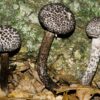
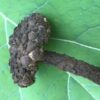
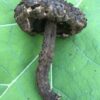
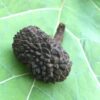
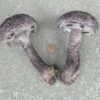
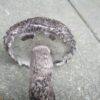
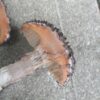
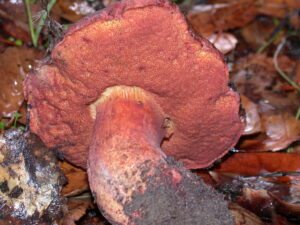
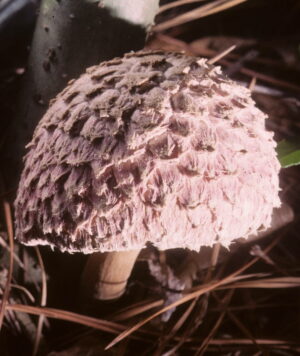
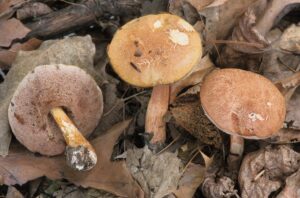
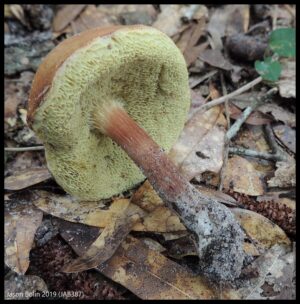
Got something to discuss?